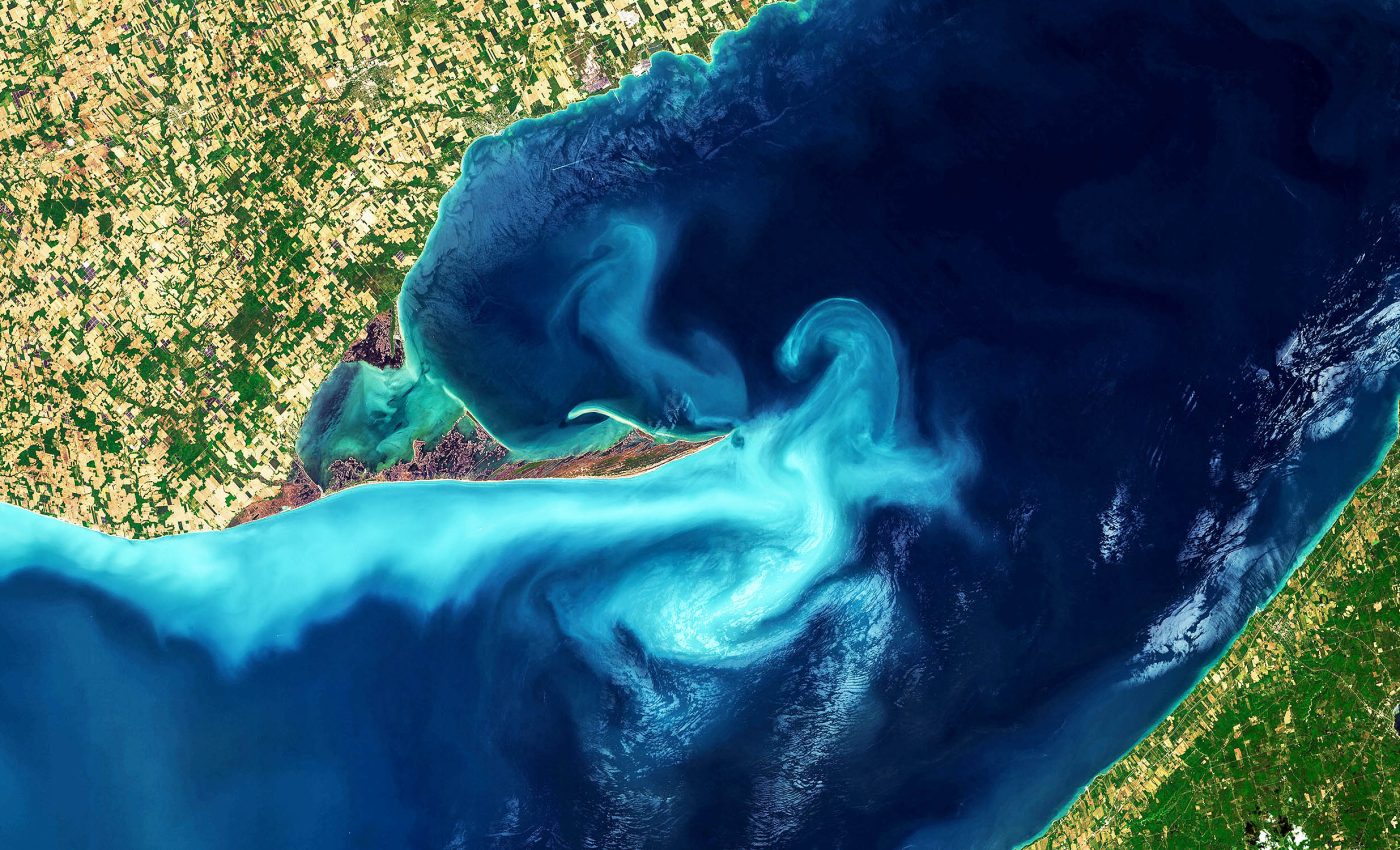
Oceans and lakes will soon be unable to support fish populations
Scientists have uncovered a disturbing twist in how climate change affects our oceans, revealing that tiny changes at the bottom of the food chain can have massive impacts on most fish populations.
The findings of a recent study highlight the intricate workings of the ocean’s food web and how it’s more vulnerable to warming temperatures than previously thought.
Tiny ocean creatures, big fish impact
Phytoplankton are tiny, plant-like organisms that float around in oceans, seas, and lakes. Even though you can’t see them without a microscope, they’re incredibly important.
They use sunlight to make their own food through photosynthesis, just like plants do on land. In the process, they produce a huge amount of the Earth’s oxygen — some estimates say up to half of it.
These little guys are the starting point of the food chain in aquatic environments, feeding small fish, shrimp, and other marine creatures.
Phytoplankton also play a big role in absorbing carbon dioxide from the atmosphere, helping to regulate our planet’s climate. But they’re sensitive to changes in their environment, like warming waters.
When climate models predict that warming oceans will reduce phytoplankton levels by 16% to 26% in regions like the North Atlantic, it’s a cause for concern.
But here’s where it gets alarming: the study found that this seemingly modest drop in phytoplankton could slash the ocean’s capacity to support fish by a staggering 38% to 55%. That’s more than double the initial decrease in phytoplankton.
Phytoplankton and the hidden amplifier
Dr. Angus Atkinson from the Plymouth Marine Laboratory and Dr. Axel Rossberg of Queen Mary University of London led the research team behind this discovery.
They took a straightforward approach by examining real-world data on plankton sizes from oceans, seas, and lakes around the globe.
By looking at the sizes of plankton, they could determine how efficiently energy moves up the food chain — from tiny phytoplankton to the fish we rely on.
This amplification effect hinges on a surprising twist: temperature, often blamed for food web disruptions, appears to play a secondary role.
Instead, the key driver is the overall amount of phytoplankton, which governs how efficiently energy flows from tiny plankton to larger fish.
“Our global analysis sheds light on a hidden vulnerability,” explained Dr. Atkinson. “We were surprised to find temperature didn’t directly affect food web efficiency. Instead, we see ecosystems adapting to warming by changing plankton size. “
Nutrients: The unsung hero
In the open ocean, nutrients come from deeper waters. As the surface warms, it becomes more layered, making it harder for these nutrients to reach the phytoplankton at the top.
“Close to shore or in lakes, excess nutrients from land can cause imbalances like harmful algal blooms,” notes Dr. Rossberg.
“But at the vast scales relevant to climate change, it’s the lack of nutrients from deeper waters that becomes the major bottleneck.”
To clarify, warming oceans, seas, and lakes impact fish indirectly by reducing nutrient supply from deeper waters, ultimately shrinking phytoplankton size and hindering energy transfer throughout the food web.
Real world impact for ocean fish
When phytoplankton numbers change, the impact can ripple through the entire marine ecosystem, impacting everything from water quality to the abundance of fish.
This isn’t just a problem for the fish; it’s a problem the planet. Many communities around the world depend on fishing for food and livelihood.
The study highlights the need to consider climate change impacts when managing fisheries.
“Global averages can mask the true picture,” explains Dr. Atkinson. “Some of the most significant projected declines are in areas with concentrated fishing activities.”
What happens next?
So, what can we do about it? The researchers suggest a multi-pronged approach to ensure sustainable fisheries in the face of climate change.
“We need a combination of data on plankton size structure and sophisticated computer simulation models to design truly ‘climate-smart’ ocean protection strategies,” concludes Dr. Rossberg.
“By understanding the hidden amplifiers within the food web, we can better safeguard the future of our oceans and the vital resources they provide.”
Oceans, fish, and the global food chain
To sum it all up, these scientists found that even a small drop in phytoplankton levels due to warming oceans can massively reduce fish populations.
They discovered that it’s not just the temperature rise itself causing problems, but the decrease in nutrients reaching these tiny organisms.
This leads to smaller plankton and less efficient energy transfer up the food chain, which is bad news for fish and, by extension, us.
This study underscores underscores the interconnectedness of Earth’s ecosystem. Tiny changes at the bottom can have huge impacts at the top.
It’s a reminder that we need to pay attention to even the smallest players in the ecosystem if we want to protect the health of our planet.
By understanding these hidden mechanisms, we can work towards smarter strategies to safeguard our oceans and the communities that rely on them.
The full study was published in the journal Nature Communications.
—–
Like what you read? Subscribe to our newsletter for engaging articles, exclusive content, and the latest updates.
Check us out on EarthSnap, a free app brought to you by Eric Ralls and Earth.com.
—–













